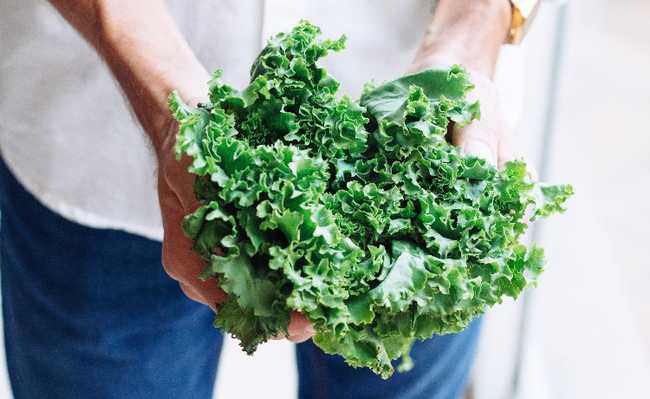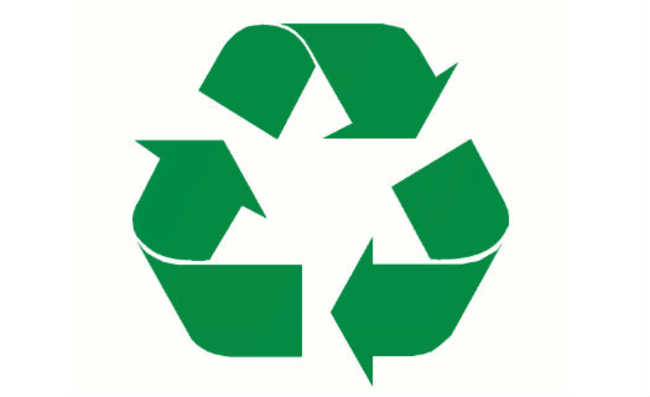Photosynthesis: what it is and how it occurs
Photosynthesis is a process of converting light energy into chemical energy carried out by plants, algae and cyanobacteria

Edited and resized image by Samuel Austin is available on Unsplash
The word photosynthesis means synthesis by light and refers to one of the most important biological processes on Earth. By releasing oxygen and consuming carbon dioxide, photosynthesis has transformed the world into the habitable environment we know today. Furthermore, the process is the primary source of energy for all living things.
Dutch physicist Jan Ingenhousz was the first to find that plants produce oxygen in the presence of sunlight, in 1779, being considered the discoverer of photosynthesis. In 1782, Jean Senebier added that, in addition to sunlight, photosynthesis uses carbon dioxide. In 1818, Maria Pelletier and Joseph Caventou coined the term “chlorophyll” to refer to the green pigment endowed with photoreceptor enzymes that enables photosynthesis.
what is photosynthesis
Photosynthesis can be defined as a process of converting light energy into chemical energy. It is carried out by plants, algae and cyanobacteria, which are classified as autotrophic and photosynthetic organisms as they are capable of producing their own food from light.
The Importance of Photosynthesis
The oxygen produced by photosynthetic organisms is essential for the maintenance of life on the planet as we know it. Furthermore, the products generated from photosynthesis shaped the material-history of humanity, as they gave rise to resources such as oil, natural gas, cellulose, charcoal and firewood. These resources exist as a result of the transformation of sunlight into energy reserves (photosynthesis), followed by other geological and technological processes.
photosynthesis equation
Photosynthesis is a long and complex process that can be broadly summarized by the following equation:
- 6CO2 +12H2O + light → C6 H12O6 + 6 O2 + 6 H2O
Where photosynthesis takes place
In plants and algae, photosynthesis takes place inside chloroplasts. In cyanobacteria, it is performed with membranous lamellae present in the liquid part of the cytoplasm.
A chloroplast is an organelle that has an outer membrane and an inner membrane. Its interior has membranous lamellae, connected to small pockets called thylakoids. The inner space is filled with stroma, a viscous fluid that contains DNA, ribosomes and enzymes that aid in the photosynthesis process. It is within these thylakoids and lamellae that chlorophyll is found.
Photosynthesis steps
Photosynthesis can be divided into two phases: the photochemical phase and the chemical phase.
The photochemical phase only occurs in the presence of light and occurs in thylakoids and membranous lamellae. Its main function is to convert light energy into chemical energy. It is composed of two major processes: water photolysis and photophosphorylation.
The chemical phase does not depend on light and is carried out in another part of the chloroplast, the stroma. In it, the products of the previous phase, photochemistry, join atmospheric CO2 to produce glucose, water and starch, in the so-called Calvin-Benson Cycle.
photochemical phase
water photolysis
Photolysis of water is the first stage of photosynthesis and is the moment when the light energy received promotes the breakdown of water molecules, generating oxygen, electrons and H+ gas. Gaseous oxygen is released into the atmosphere, while free hydrogen molecules (H+) are attracted by a compound called NADP+, giving rise to NADPH, which will be used in the chemical phase to build glucose molecules.
This step is represented by the formulas:- H2O ⇾ 2H+ + 2 electrons + ½ O2
- NADP+ + H+⇾ NADPH
Photophosphorylation
It is in photophosphorylation that the formation of ATP occurs, from the addition of an inorganic phosphate (Pi) to an ADP molecule (adenosine diphosphate), using light energy. ATP molecules constitute the main form of chemical energy synthesized by living beings. This step of photophosphorylation occurs in parallel with the photolysis of water and each one of them generates products that will be used in the next phase of photosynthesis.
This step is represented by the formula: ADP + Pi ⇾ ATP
chemical phase
The last phase of photosynthesis is in the chemical phase that carbon dioxide from the environment or from the plant's cellular respiration is used, and two compounds generated in the previous phase are used: ATP and NADPH. It is at this stage that the so-called Calvin-Benson Cycle occurs, a sequence of reactions that generates glucose, water and starch.
Conclusion
Photosynthesis is the result of joining the two phases described above, the photochemical phase and the chemical phase. All life forms on Earth depend in some way on the products generated by photosynthesis: oxygen and glucose. Furthermore, photosynthesis is fundamental to the balance of atmospheric composition.










